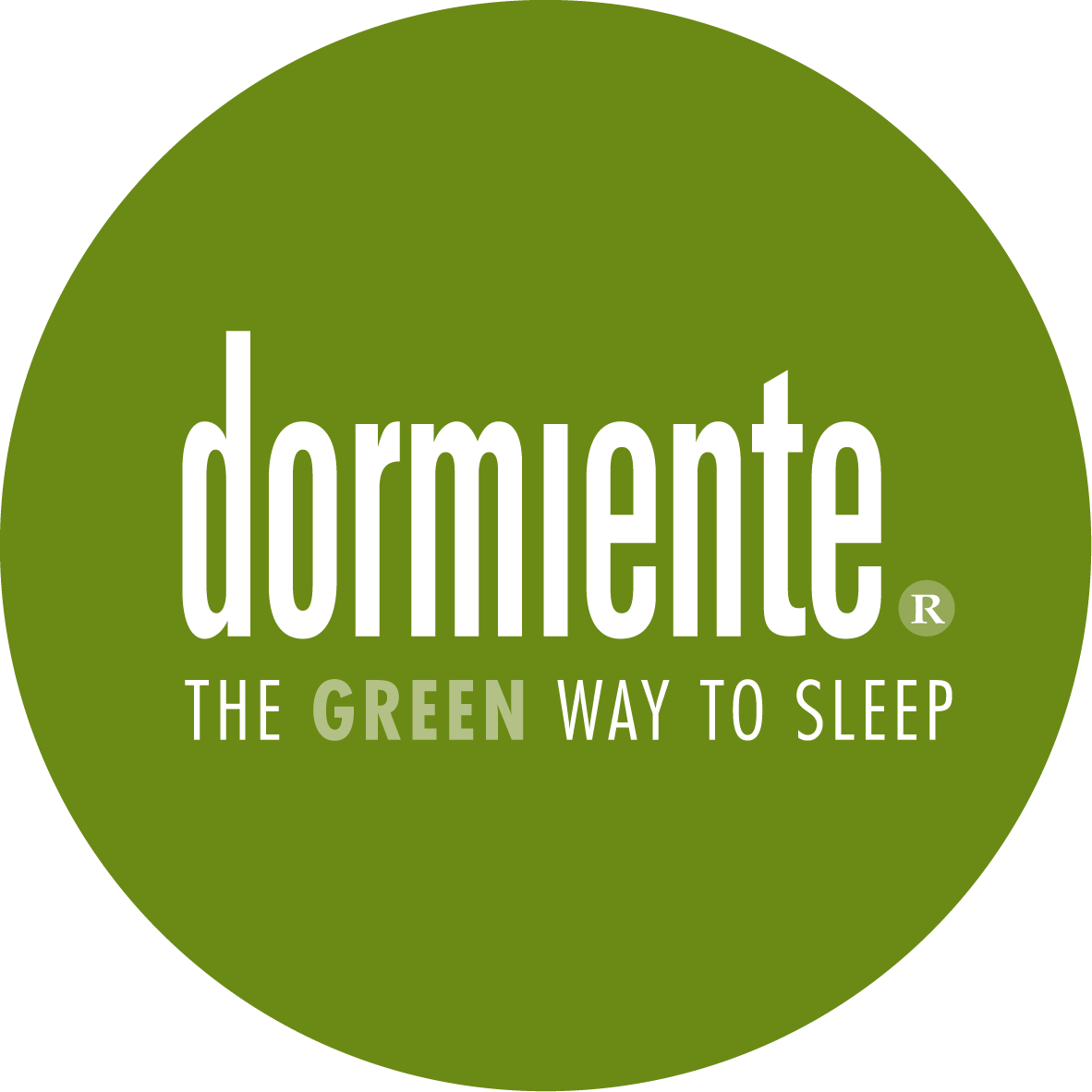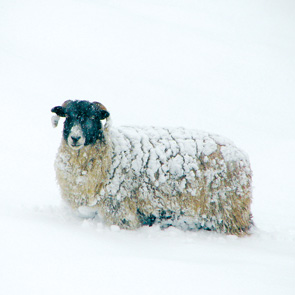Natural comforters with virgin wool
The sheep has been a companion and housemate of man since ancient times. Wool is one of the oldest fibers used in textiles. New wool is the wool that comes from the living animal, that is, obtained by shearing sheep. It must also not be subjected to fiber-damaging processing (unlike ripped wool).
The Textile Labeling Act defines virgin wool as fibers from the sheep’s fleece or fine animal hair that have not yet been included in a finished product and have not undergone any spinning or felting process other than that required to make the product.
Distinctions are made between wool derived from the first shearing after 6 months, known as lambswool, shearing after 12 months, and shearing once a year.
Merino sheep
The Merino sheep is a breed of sheep producing very fine wool and probably originated from North Africa. In the High Middle Ages Merino sheep were introduced to Spain and gained important economic significance due to their sought after wool. Up until the 18th century a Castilian association of sheep breeders prevented a proliferation of the breed. The The export of the Merino breed was forbidden by the Spanish crown under penalty of death. In the 19th century other countries began to farm Merino sheep. Today Australia is the main producer of Merino wool.
Duvets made of Pure New Merino Wool
Pure New Merino Wool is characterised by its very fine hairs and extensive crimp – both qualities needed by a good duvet. The finer the hair and the more crimp, the higher the ability to absorb moisture and the higher the ability to insulate. Optimally balancing moisture and temperature results in an optimal micro-climate. Pure New Merino Wool is the most valuable and finest sheep’s wool.
Composition
Hairs consist of many different proteins. Of particular interest are the keratins as they are responsible for elasticity and strength.
Qualities
Wool possesses natural thermo-regulating qualities. In the inner of its fibres wool can absorb steam, on the outside however, it repels water. This means wool can absorb up to 33% of its weight in moisture without feeling wet. Also wool is much quicker at releasing moisture as, e.g., cotton.
Wool textiles, when referring to their overall volume, consist of up to 85% air. This makes them very good warmth insulators meaning that only little body heat can escape. Wool is ‘warming’ although actually it only reflects the body’s heat. Because of its elastic fibres, wool does not attract dirt easily and hardly crinkles. It takes up dyes easily and is flame retardant. It does not burn, but only chars.
Care and maintenance
Because of its scale-like surface structure wool has the ability to self-clean. Through movement dirt is rubbed out of the fibre. Because wool can fix moisture it does not charge itself electro-statically.
This is why dirt does not penetrate into the fibre and is therefore easily removable. If it is necessary to wash wool this should ideally be done by hand. Smells that have been absorbed by wool, e.g., sweat, will be released when the textile is aired, so it returns to smelling neutral and fresh.




